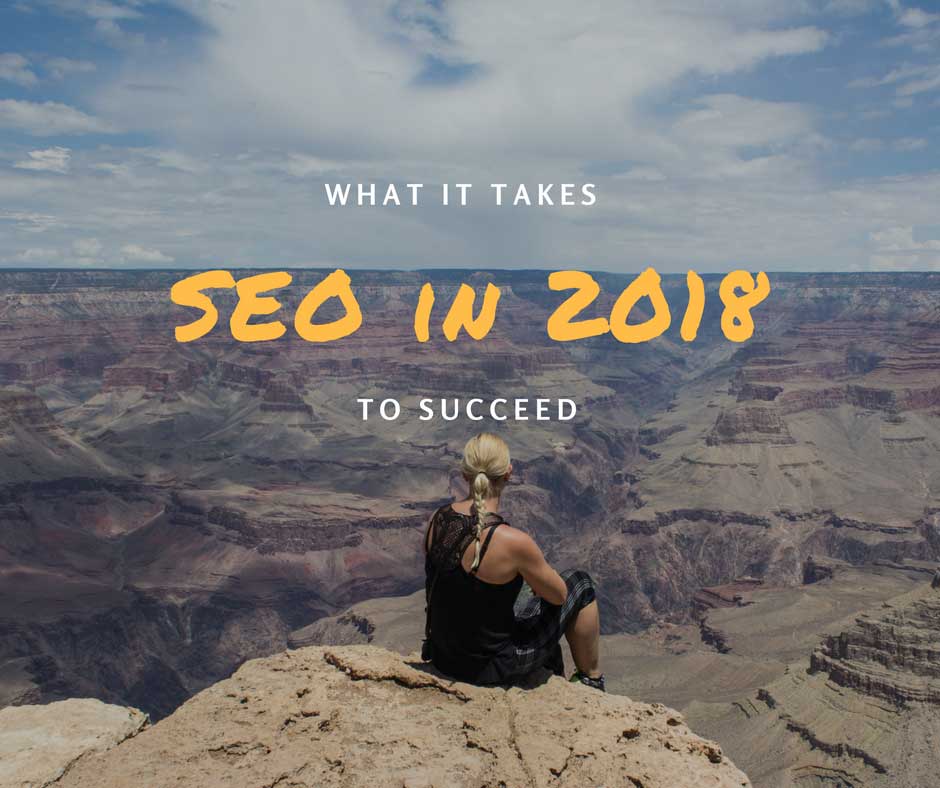
The analytical, technical and creative process of improving website/web page visibility in Search Engine Results Pages (SERPs), the main aim of Search Engine Optimisation (SEO) is to drive relevant organic web traffic to a website or web page.
Many things have changed in SEO over the years, but in 2018 it’s still about getting unpaid web traffic from Google onto a particular site or web page. And seeing that Google is the world’s largest and most popular search engine, and it essentially dictates what goes on in the SEO world, Google’s definition of Search Engine Optimisation is as relevant as always…
“Search engine optimization is often about making small modifications to parts of your website. When viewed individually, these changes might seem like incremental improvements, but when combined with other optimizations, they could have a noticeable impact on your site’s user experience and performance in organic search results.” Google Starter Guide, 2008
That quote may be ten years’ old, but it’s just as relevant and pertinent today as it was back then for every business that wants to improve the user experience their site delivers and perform better in organic search results. It doesn’t matter if you build custom homes, mow lawns or provide accounting services, if people look for businesses offering products and services like yours online, SEO is for you. That means if you’re to get your business in front of more people looking for businesses like yours, you need to improve your SEO ranking.
Originally the local pack appeared down below the organic listings and showed 7 businesses:
The way people search for products and services has changed
Research overwhelmingly shows most consumers now search for products and services online, especially businesses in their local area. According to research by BrightLocal, in 2015 42% of consumers searched for local businesses, which jumped to 53% in 2016 and continues to rise rapidly. What’s also interesting is that the number of consumers who never look for businesses online is decreasing, with just 5% of consumers having never looked online for a local business.
Having a strong online presence is an absolute must in 2018 and a major aspect of maintaining a robust online presence is SERP visibility. And that’s where SEO enters the picture.
How search engines work
Search engines like Google, Bing and Yahoo! perform two major functions — building an index by crawling websites and providing search users with a list of websites ranked by relevance to their search query.
To create an indexed list of web pages relevant to a user’s query, search engine ‘crawlers’ or ‘spiders’ browse websites and web pages, making a copy of each and adding that information (along with the links on each page) to an index. The process of browsing, copying and indexing is regularly repeated, with the most up-to-date information recalled when needed for a user’s search query.
Providing users with search results which are relevant to their queries is a complex process. In the early days of online search, search engines did little more than return a list of web pages that contained the same words as a user’s queries. Jump forward to 2018 and there are now hundreds of factors which influence the relevance of the search results returned to users.
To process such massive amounts of data and return the most relevant search results to users search engines use algorithms to determine the relevance of search results and then rank those results in order of quality. The hundreds of variables that comprise algorithms are known as ‘search engine ranking factors’. We will look at these factors in greater detail later in this post.
Why invest in SEO?
The most prominent reason for businesses to invest in Search Engine Optimisation (SEO) is driving useful organic web traffic to their relevant web pages to increase sales and revenue. There are, however, additional reasons for optimising business websites using SEO techniques, such as:
- Ranking in local search increases both website visits and sales. Users are increasingly using local search queries to find information (location, contact details, opening hours and directions) about businesses in their local area.
- Strong rankings deliver brand credibility. Consumers tend to trust businesses which rank highly on SERPs as it indicates that a business is considered credible and trustworthy.
- User experience is now a significant ranking factor, so by optimising a website for SEO, you’re also optimising your site to deliver a better user experience and that directly leads to more trust, higher conversion rates and more sales.
What’s more, SEO puts businesses like yours in front of more ready-to-buy consumers than any other digital marketing technique today. That isn’t to say you should focus 100% of your digital marketing budget and efforts on SEO, but it’s important to understand that being on the second or third page of search results means your business is virtually invisible.
A 2017 study by IMN highlights the difference between page 1 and page 2 rankings, with a #1 ranking (#1 on page 1) delivering 21.12% of all clicks and a #11 ranking (#1 on page 2) just 1.46%. With the introduction of features like Instant Answers and Knowledge Panels taking up greater space on SERPs, we can expect the difference in click-through rates to become even more pronounced in coming years as fewer search users will visit page 2 for the information they are seeking.
This concludes part one of four in our search engine optimisation tutorial which looks at local SEO and answers questions like “Why does SEO take so long?” and “How does link building work?”.
As a leading SEO company in Brisbane, Bambrick Media strives to deliver the best results for our clients and is committed to providing insightful resources that help clients better understand search engine optimisation and the opportunities it presents. To speak with a member of our SEO team about your local search engine optimisation goals, contact us here.